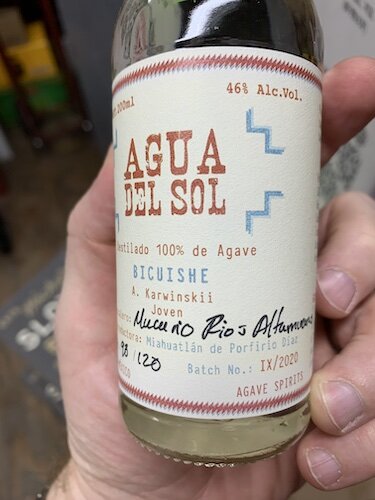I have been a huge horror fan for as long as I can remember, as I can’t recall a time in my life when I wasn’t obsessed with zombies. When the video for Michael Jackson’s Thriller came out in the early eighties, I was four years old and I made my parents rent the VHS tape over, and over, and over again from our local video store. As a budding horror fanatic, I was just as obsessed with the documentary afterward about John Landis and Rick Baker, as I was with the video itself.
Zombie culture has ebbed and flowed since George Romero’s Night of the Living Dead, never more popular than over the last decade with AMC’s The Walking Dead, but perhaps waning once again due to over-saturation. However, with COVID dominating our lives over the last year and a half, no film has ever been more relevant to my world view right now than the third film in Romero’s zombie canon: the 1985 release of Day of the Dead.
You’ve got a global pandemic, increasing friction between the scientific community and the militaristic right wing over best practices, and a silent majority who just wants to run away and drink somewhere quiet to forget about all the drama. Sound familiar?
When I was in my late-teens/early twenties, I was convinced that Dawn of the Dead was by far the best of Romero’s films. But as an adult living in modern times, there’s no doubt in my mind that Day of the Dead is the most profound, and timeless masterpiece of the series. Especially listening to Dr. Logan, the head scientist of the remaining human camp, talk about what will be necessary to overcome the zombie hoards: reward.
The human brain is conditioned to understand reward. Heck, even lab rats will do what you want them to if there’s a treat involved at the end. Reward is the only thing that has kept me disciplined since COVID started. I get up, exercise, go to work, knowing full well that when I get home there’s going to be some profound liquid in my glass that makes the day worth doing. In Day of the Dead, Dr. Logan believes a similar formula needs to be discovered with the zombies themselves—some reward that keeps them from wanting to eat humans.
Throughout the recent pandemic, many of us have splurged on our home bars and wine cellars, allowing ourselves to indulge given that restaurants and bars were no longer an option. If we’re going to be stuck at home all day, we might as well have a little reward for the inconvenience, right?
At times, however, there’s a part of my mindset that becomes somewhat fatalistic, given that half of California is on fire, the entire Pacific Northwest is roasting, and ideological divisions have never been deeper between my fellow Americans. That’s the part of my brain that says: “The world is going to end anyway, why not just smoke a ton of cigars, drink a bunch of whiskey, and have a good time before we all go up in flames?”
That mindset is also represented in Day of the Dead, as John and McDermott try to persuade Sarah that finding a solution is a waste of time. They might as well go to an island, get drunk, and spend the rest of their days “soaking up some sunshine.”
As Lori Cardille, the lead actress from Day of the Dead, tweeted out this past April, the film was never really appreciated upon its release. But given the times we’re living in, the film is being revisited and heralded for its vision and its stunning accuracy surrounding the nature of humanity under duress.
If you want to reward yourself this weekend, get a bottle of something special and watch this film. Reward is the key. You’ll thank me later.
-David Driscoll








